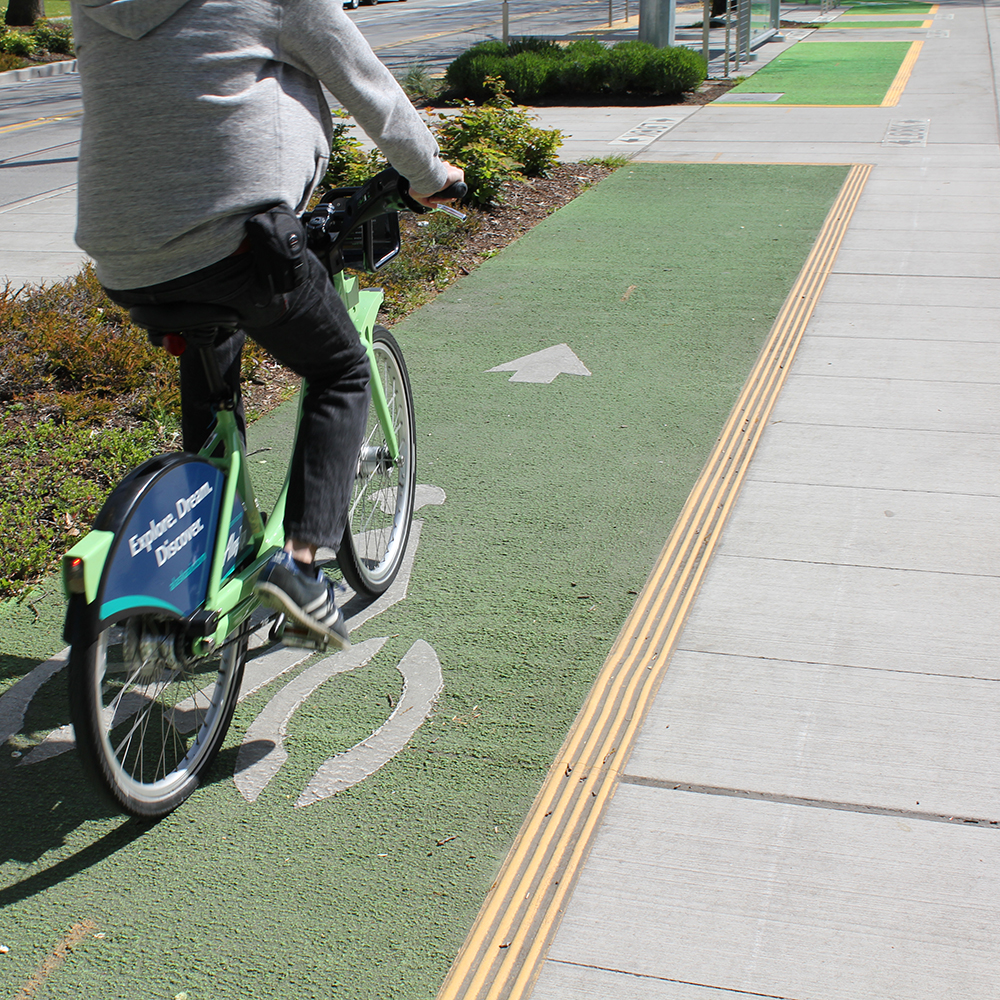Prop. K will permanently close a two-mile stretch – more than half its length – of the four-lane highway along Ocean Beach between Lincoln Way and Sloat Boulevard. It will become a public recreation space.
The idea goes back to the early days of the COVID-19 panic. “In response to the unprecedented” virus outbreak, says the proposal behind the initiative, “and in order to provide safe open space for people to recreate,” the city temporarily limited private vehicle traffic on that section of road in April 2020. The rules were modified in August 2021 after officials “reduced pandemic restrictions and people” returned to “in-person work, school, and other activities.” At that point, the automobile restrictions applied “only between Fridays at noon and Mondays at 6 a.m., and on holidays.”
But conditions will soon turn back to the days of stay-at-home orders.
Somewhat unexpectedly, the vote was anything but one-sided. SFGate reported that “San Franciscans were strikingly divided” over the measure. The losers are the locals who are “most impacted by the closure.”
Depending on the precinct, nearby voters rejected Prop. K with majorities that ranged from 70% to 83%. Meanwhile, the city’s east side, “far from Great Highway,” explains SFGate, gave it the greatest support. They see it as a playground, and feel good about what they believe are their votes in favor of a journey toward lower carbon-dioxide emissions.
The locals on the west side, though, are rightly concerned that less roadway means more congestion, longer commute times for them and an increase in neighborhood accidents. With the highway closed, traffic will necessarily spill into residential streets.
San Franciscans in the northeast corner of the city, from roughly the Golden Gate Bridge to the Islais Creek Channel, engaged in “luxury voting,” which is much like holding “luxury beliefs,” defined as having ideas and opinions that affect others, but not themselves, negatively. The impact on closing the highway on them will be minimal. No reason for them to be concerned with the consequences of their actions.
The planners who shut down the eastern span of Market Street in 2020 should also be troubled by their decision. They promised, in the words of the San Francisco Standard, “a safer, more vibrant multimodal avenue for the hundreds of thousands of residents, commuters and tourists who daily traverse the 2.2-mile stretch from the Castro District to the Ferry Building on the Embarcadero.” But that isn’t how things turned out.
Almost a year ago the Standard asked if a car-free Market Street had killed the city’s “most important boulevard,” before revealing that “the scene on the ground is almost unrecognizable compared to San Francisco’s grand promises. Yes, cars are gone from Market Street. But so are people.” In June, the Westside Observer said the closure had failed, and cited some alarming business vacancy rates to back up the claim.
Elsewhere in California, streets have been closed to cars either permanently or temporarily (on the way to permanently), or in concept in Oakland, Palo Alto, Santa Monica, San Diego and Los Angeles, where efforts to break the “car habit” have been around since 1976.
The Great Highway won’t be the last strip of pavement, concrete or asphalt to be removed from automobile traffic in California. State and local officials want to push as many Californians out of cars and into public transit – and/or bicycles, and/or our own two feet – as is possible.
This, they tell us, is “progress” and we must embrace it. But it is actually a retreat.
Kerry Jackson is the William Clement Fellow in California Reform at the Pacific Research Institute.

